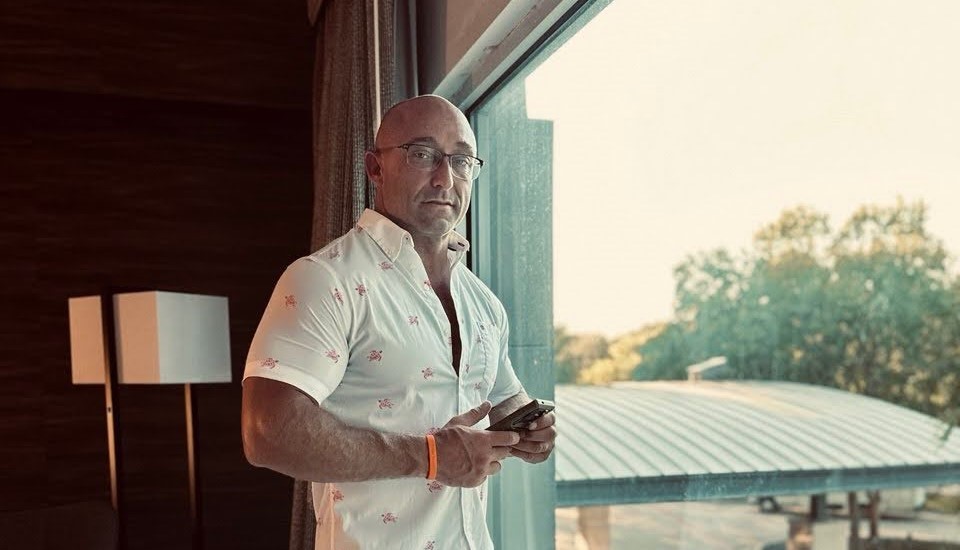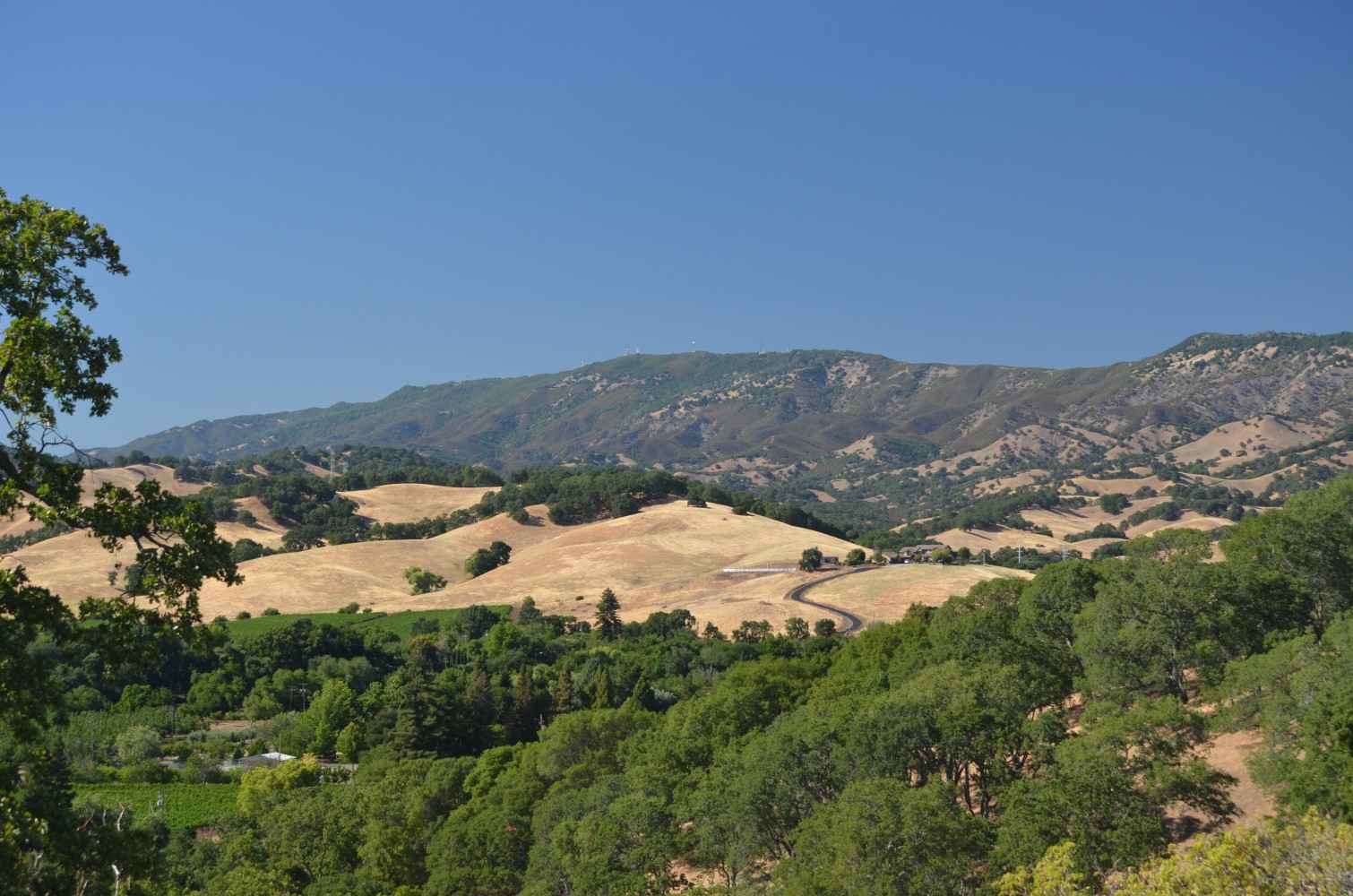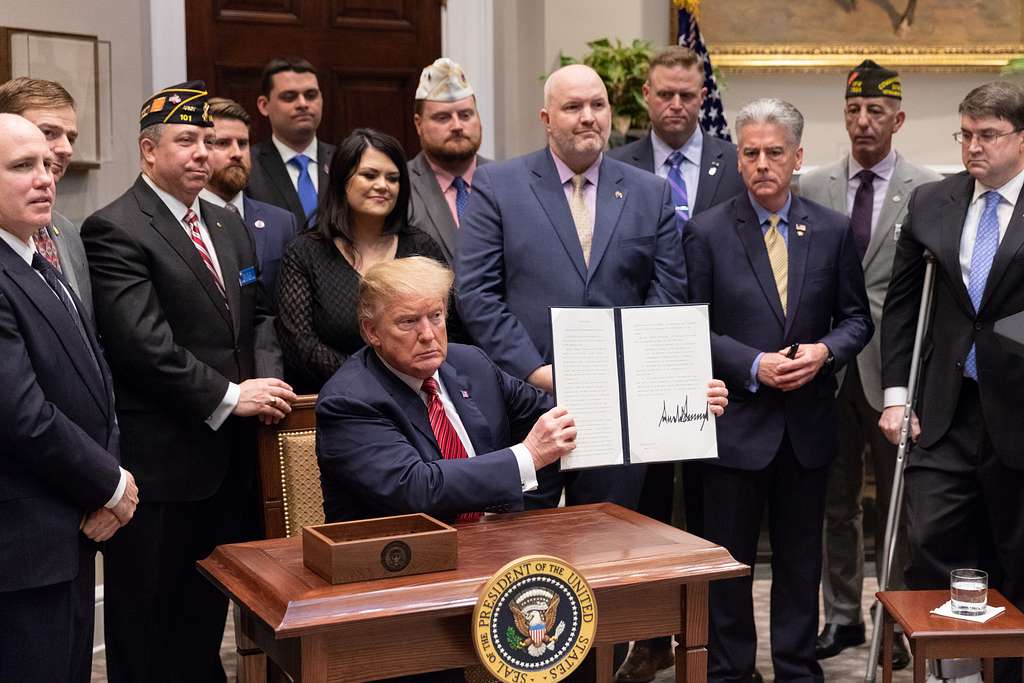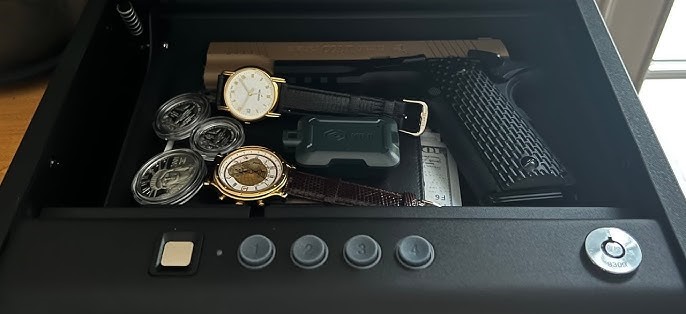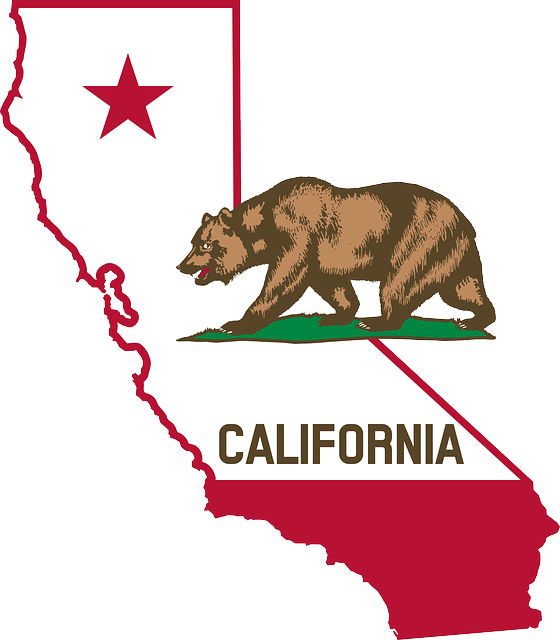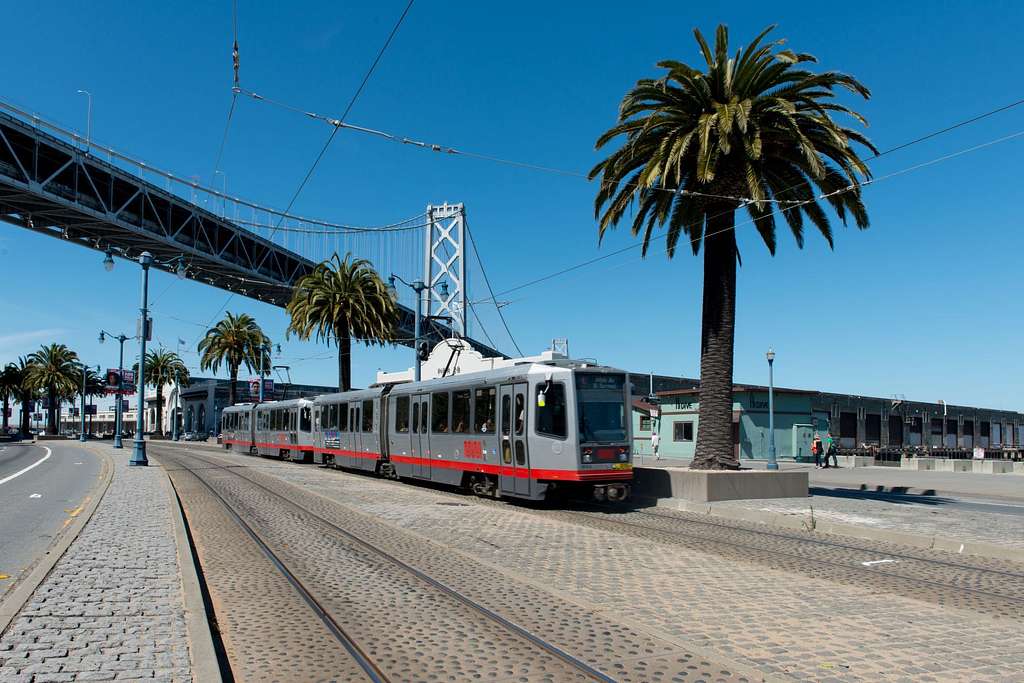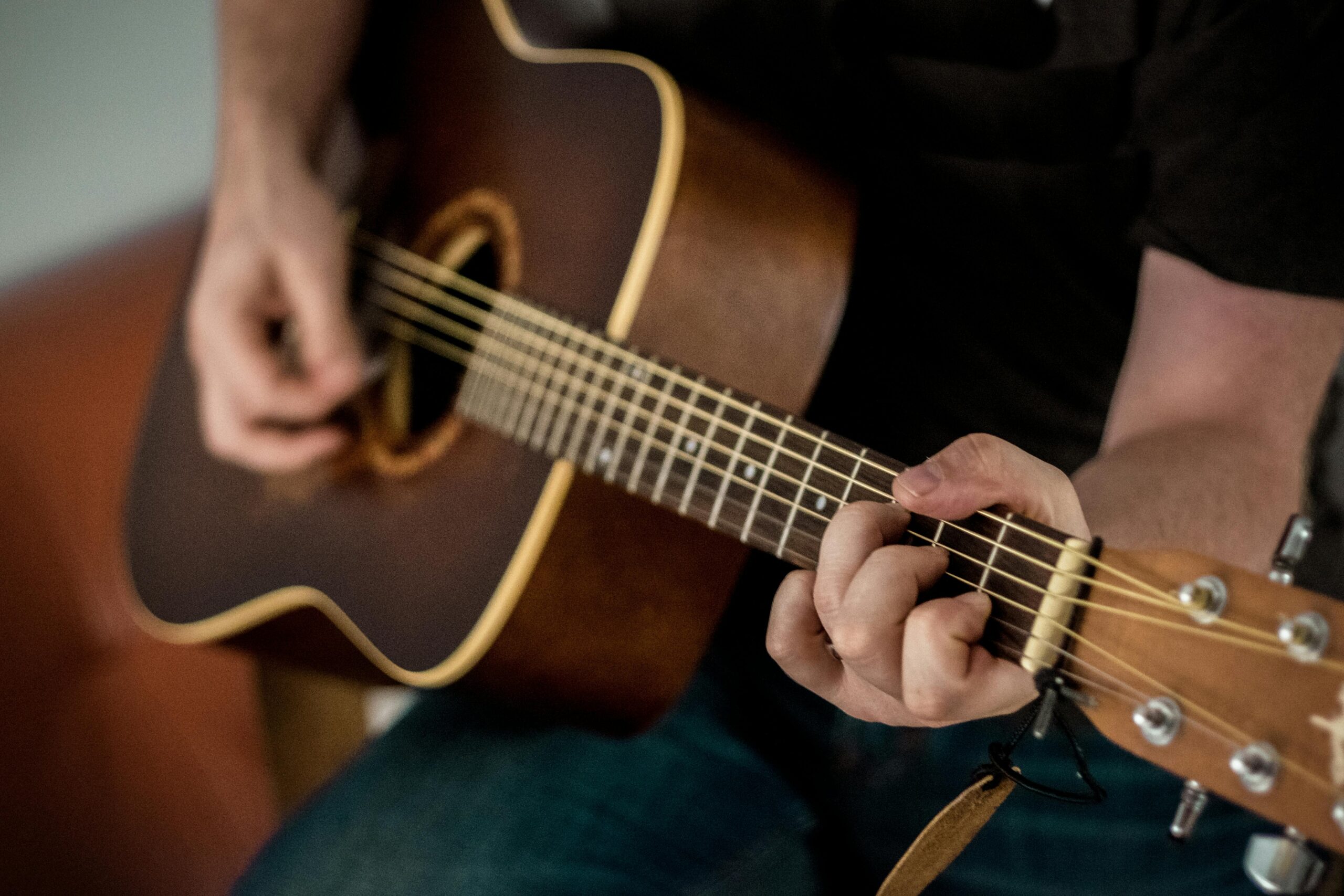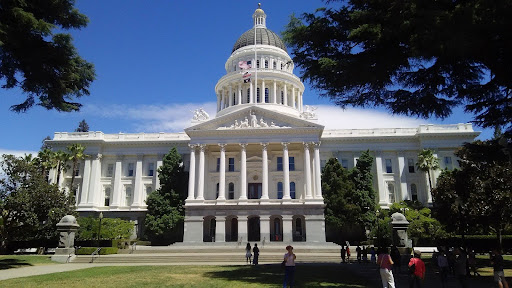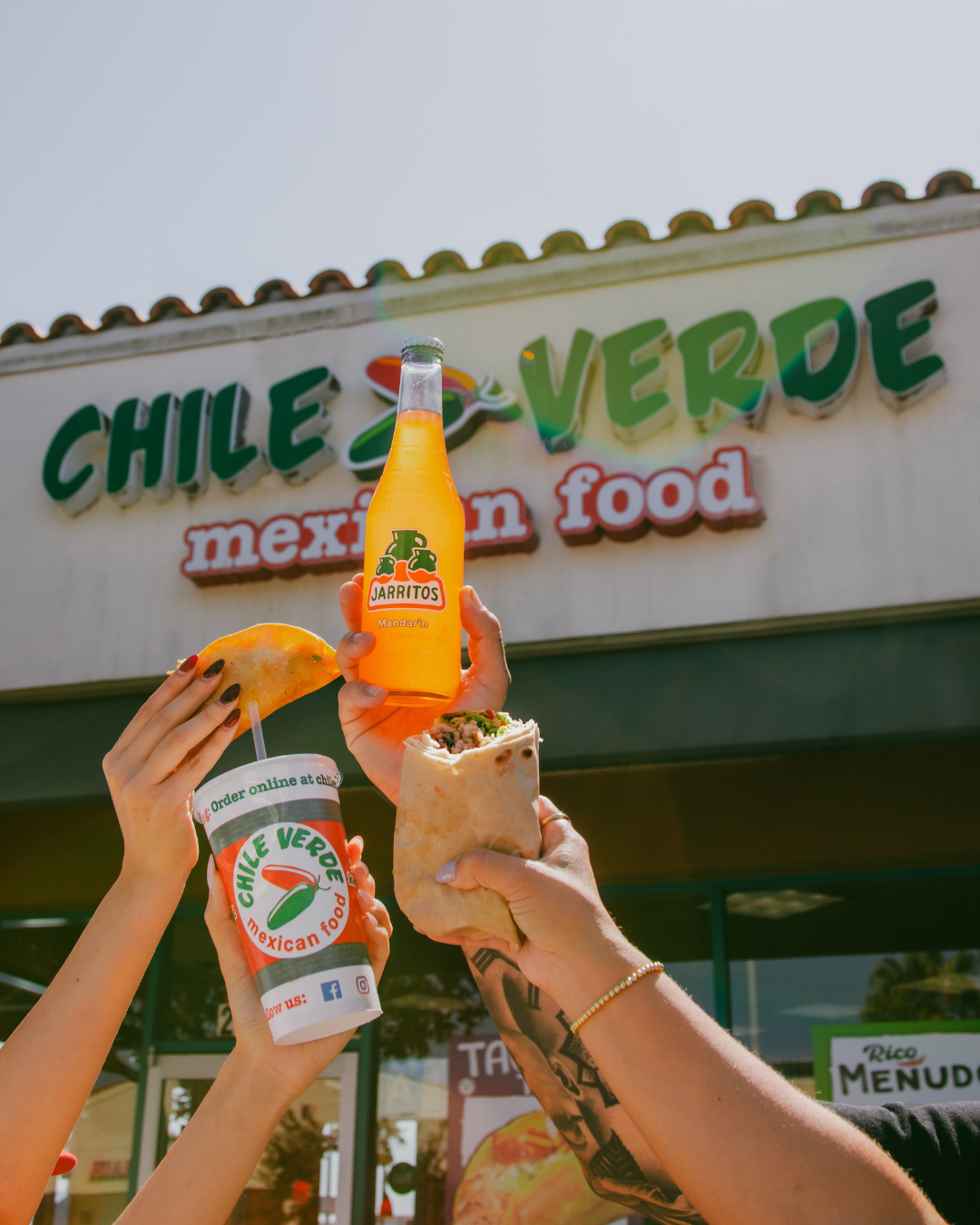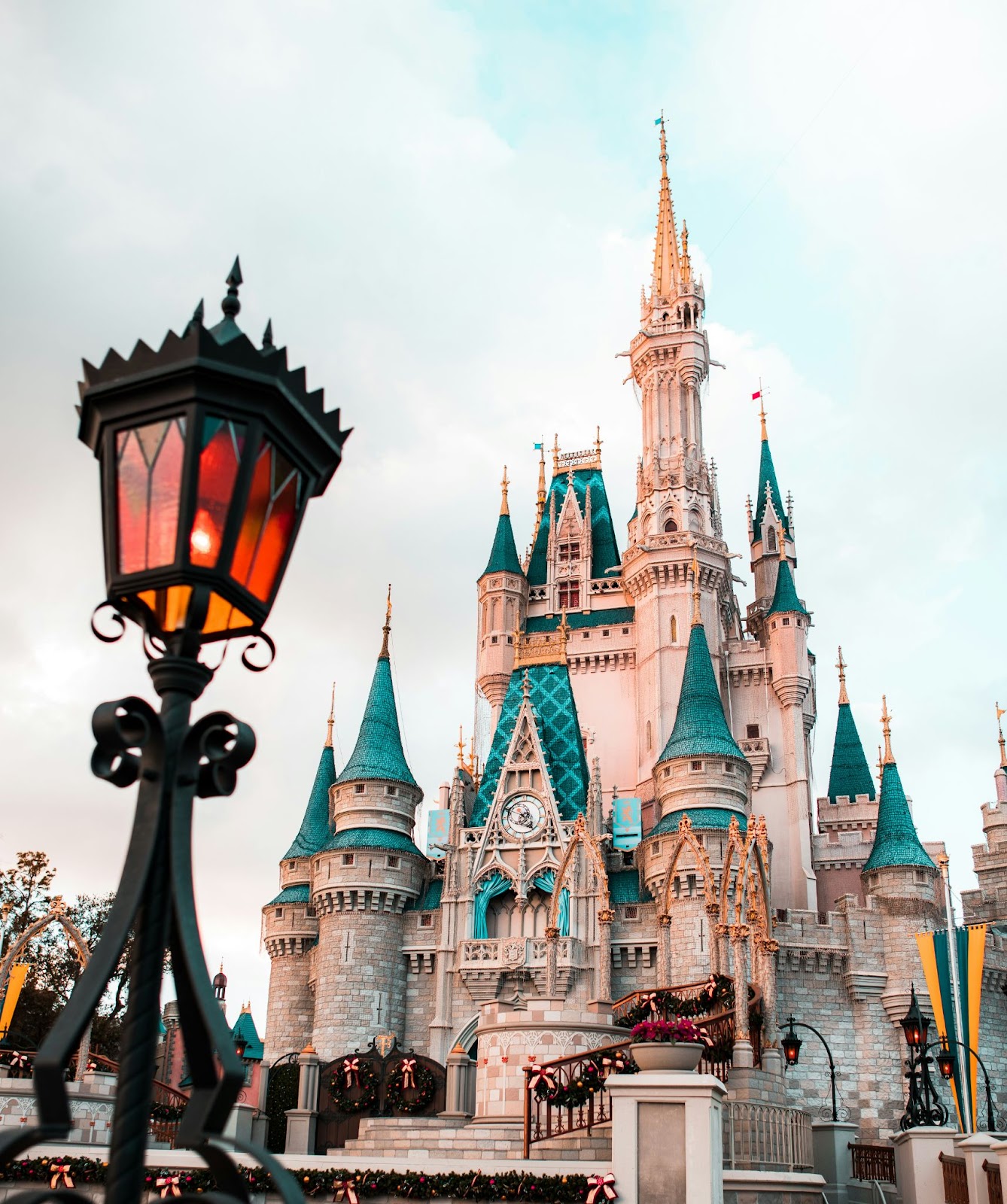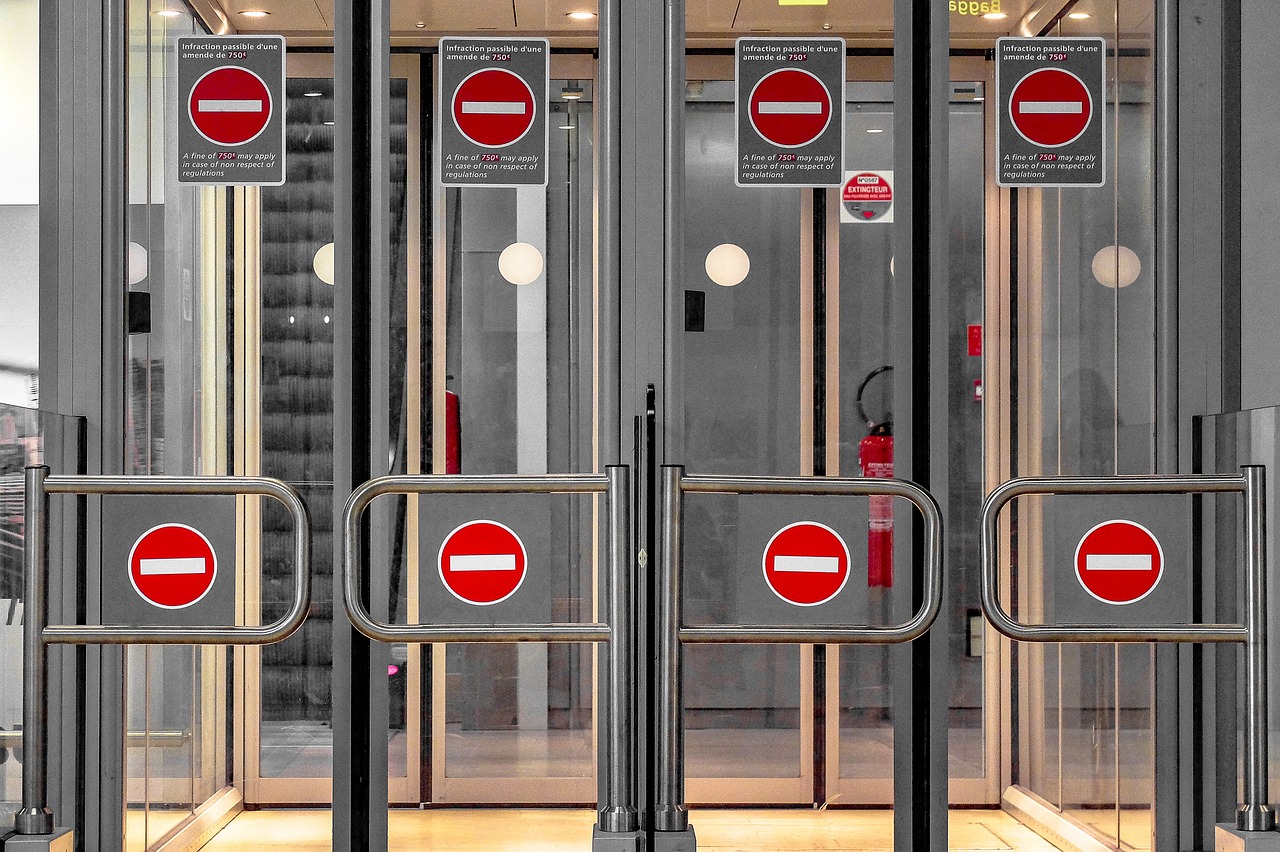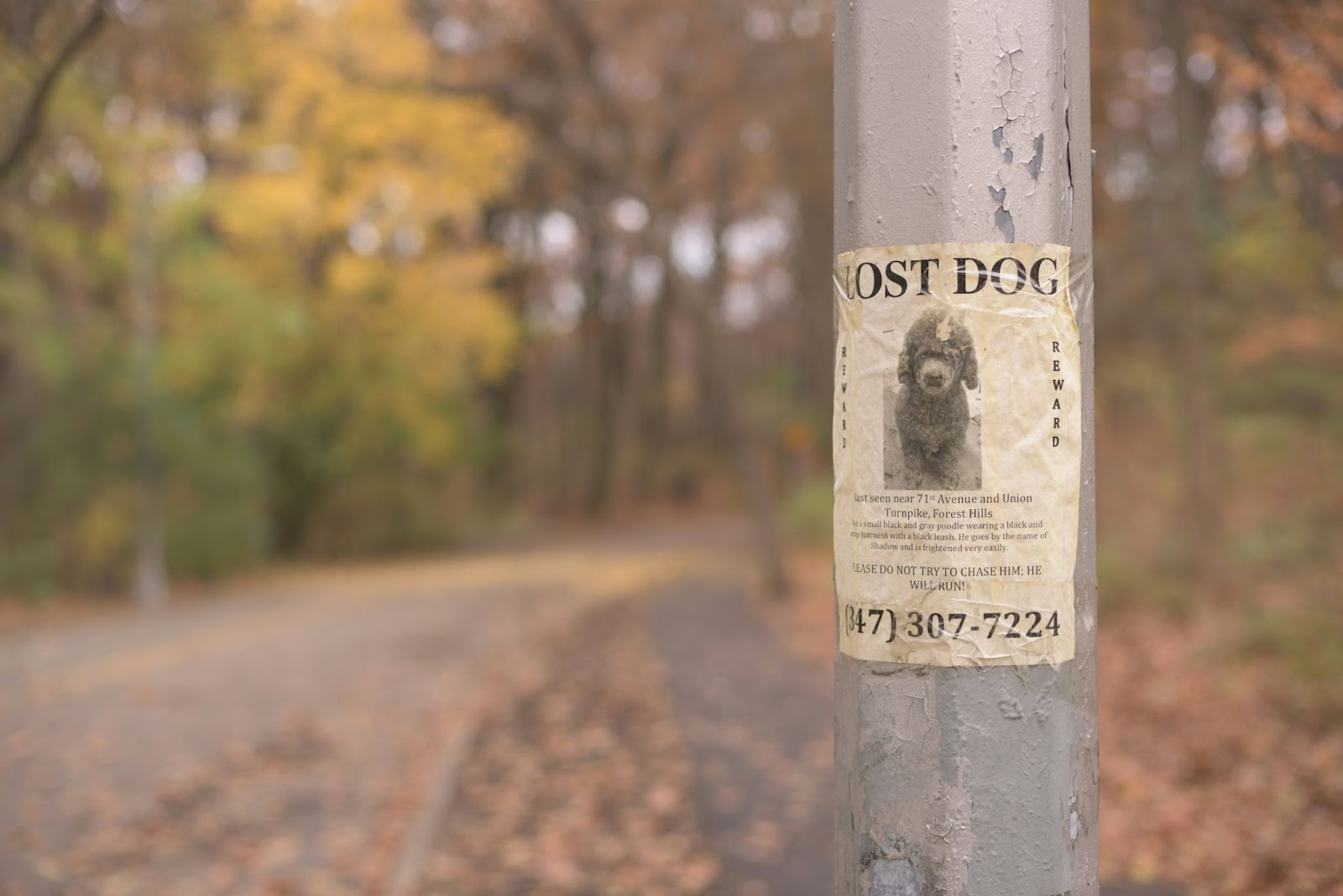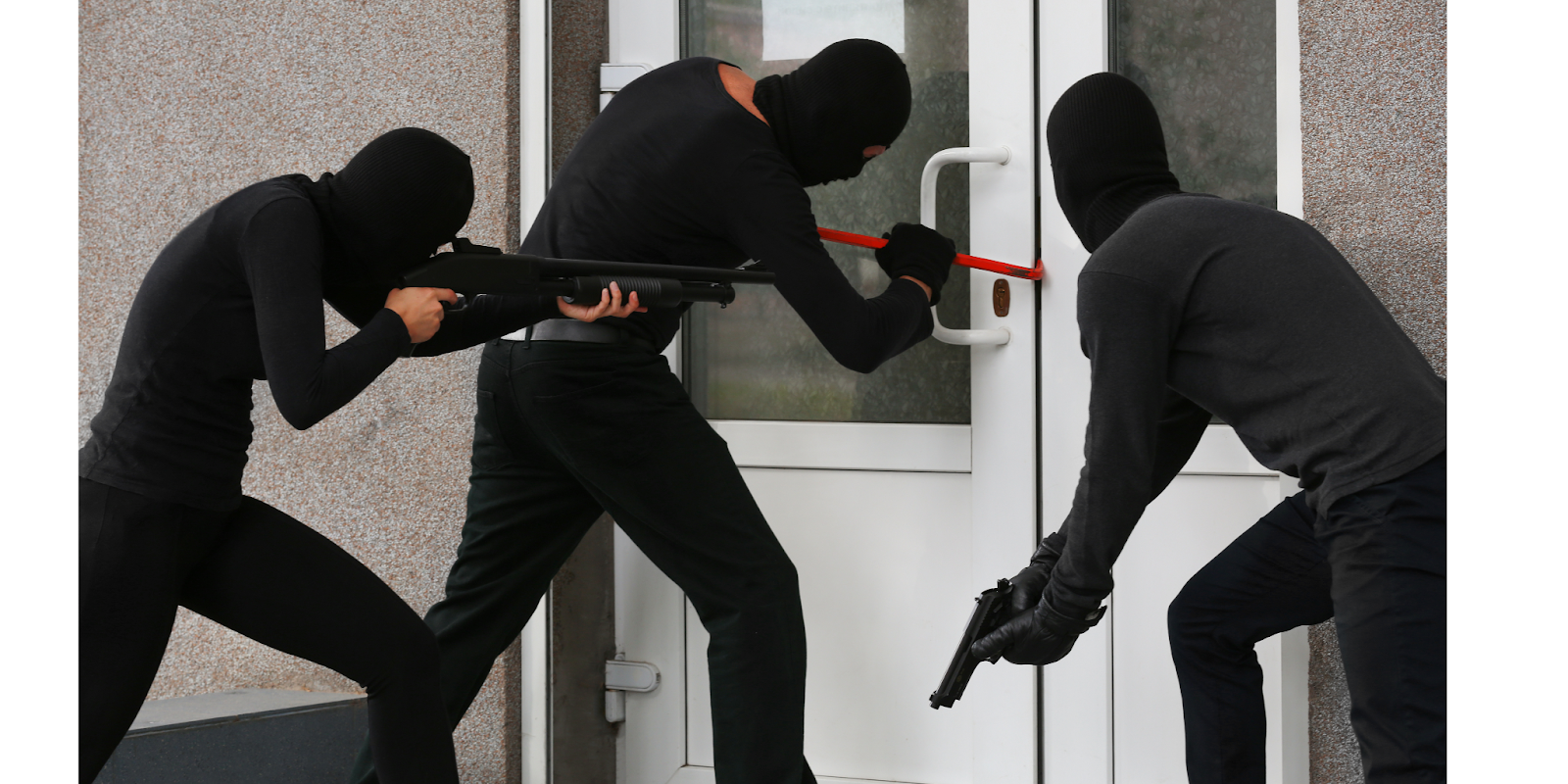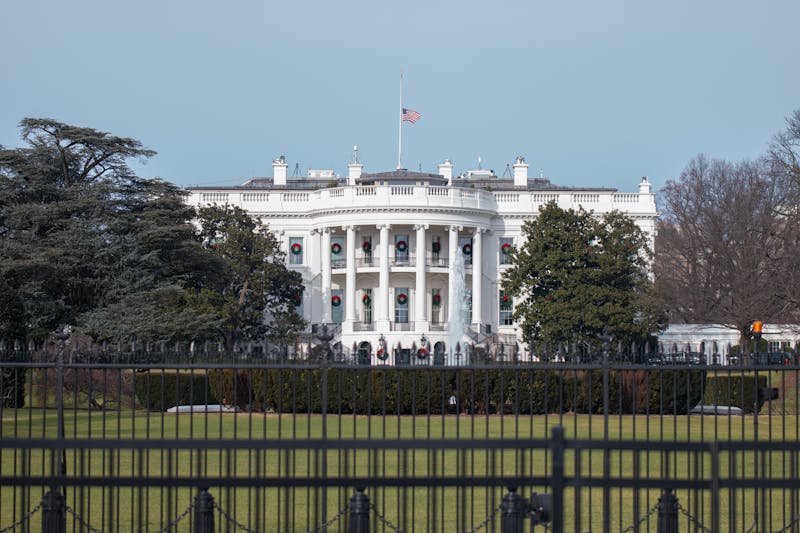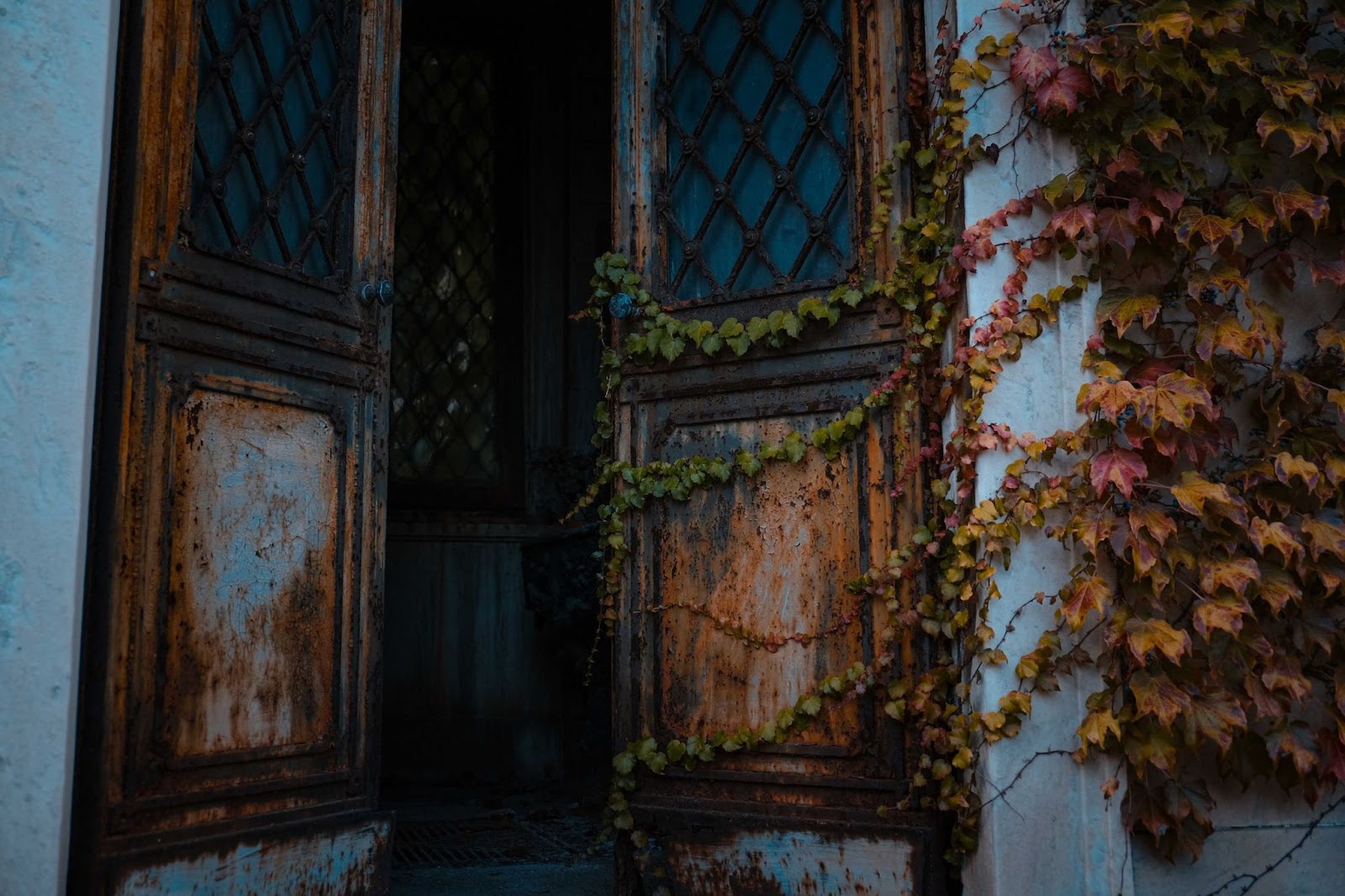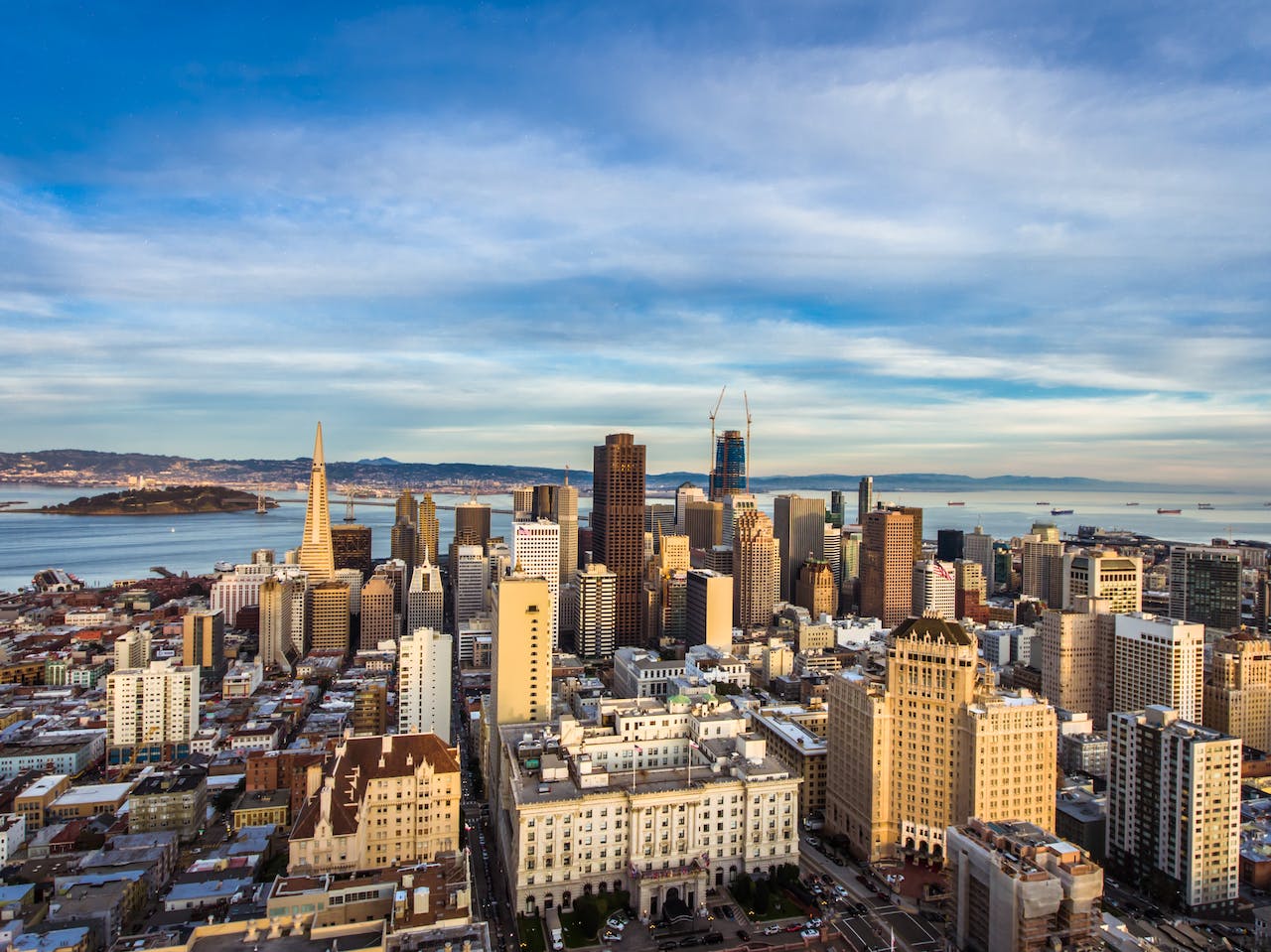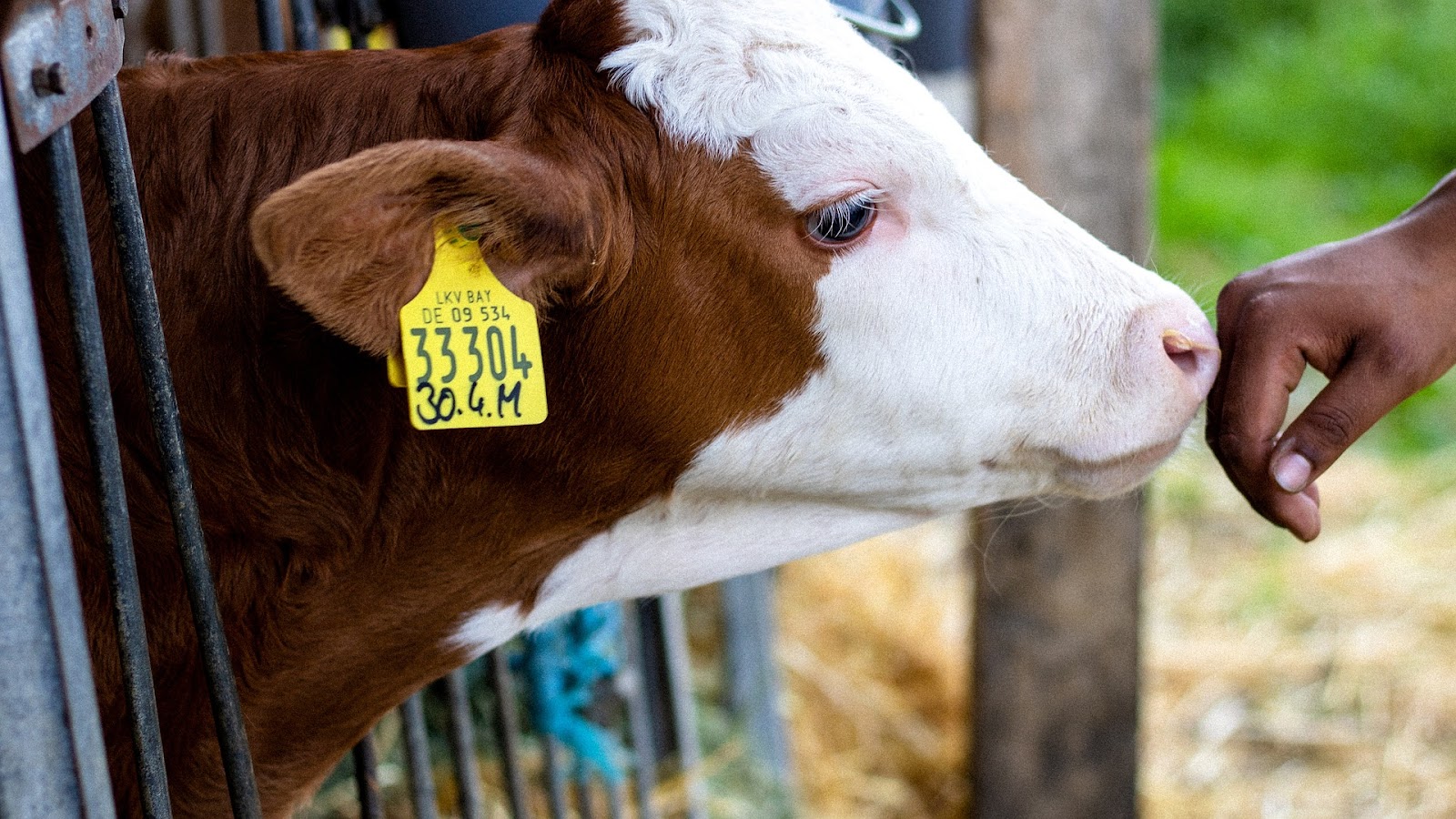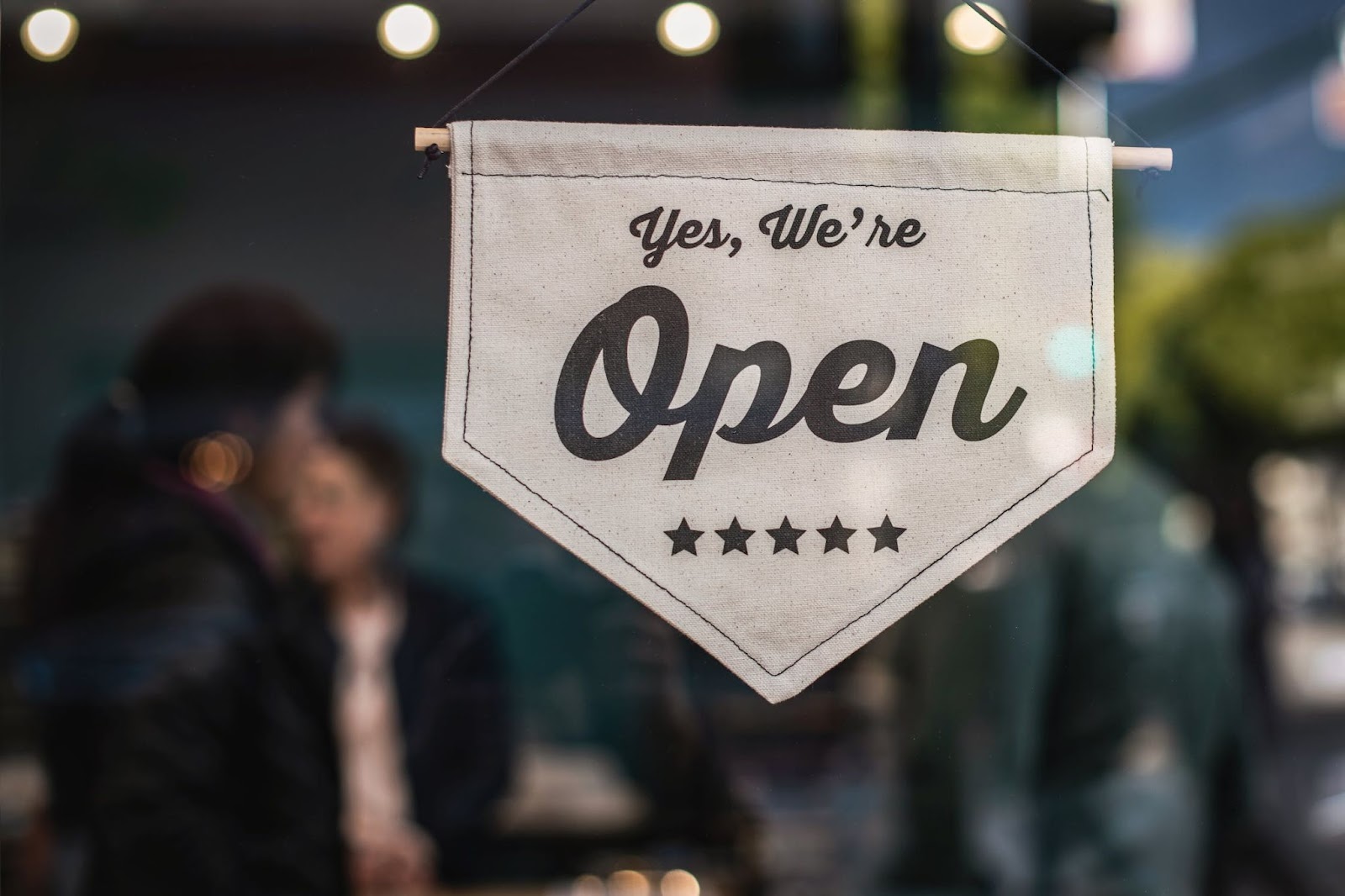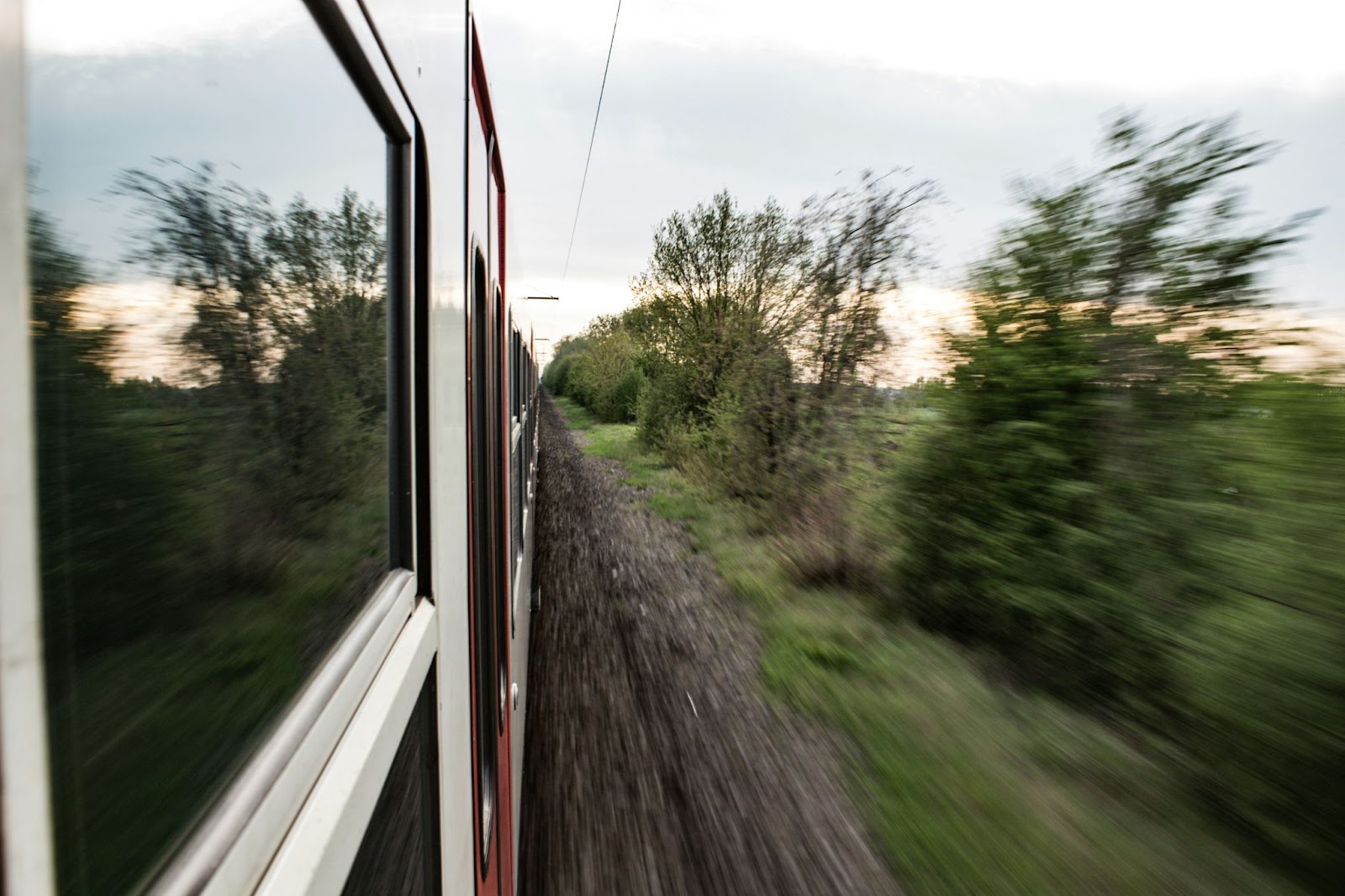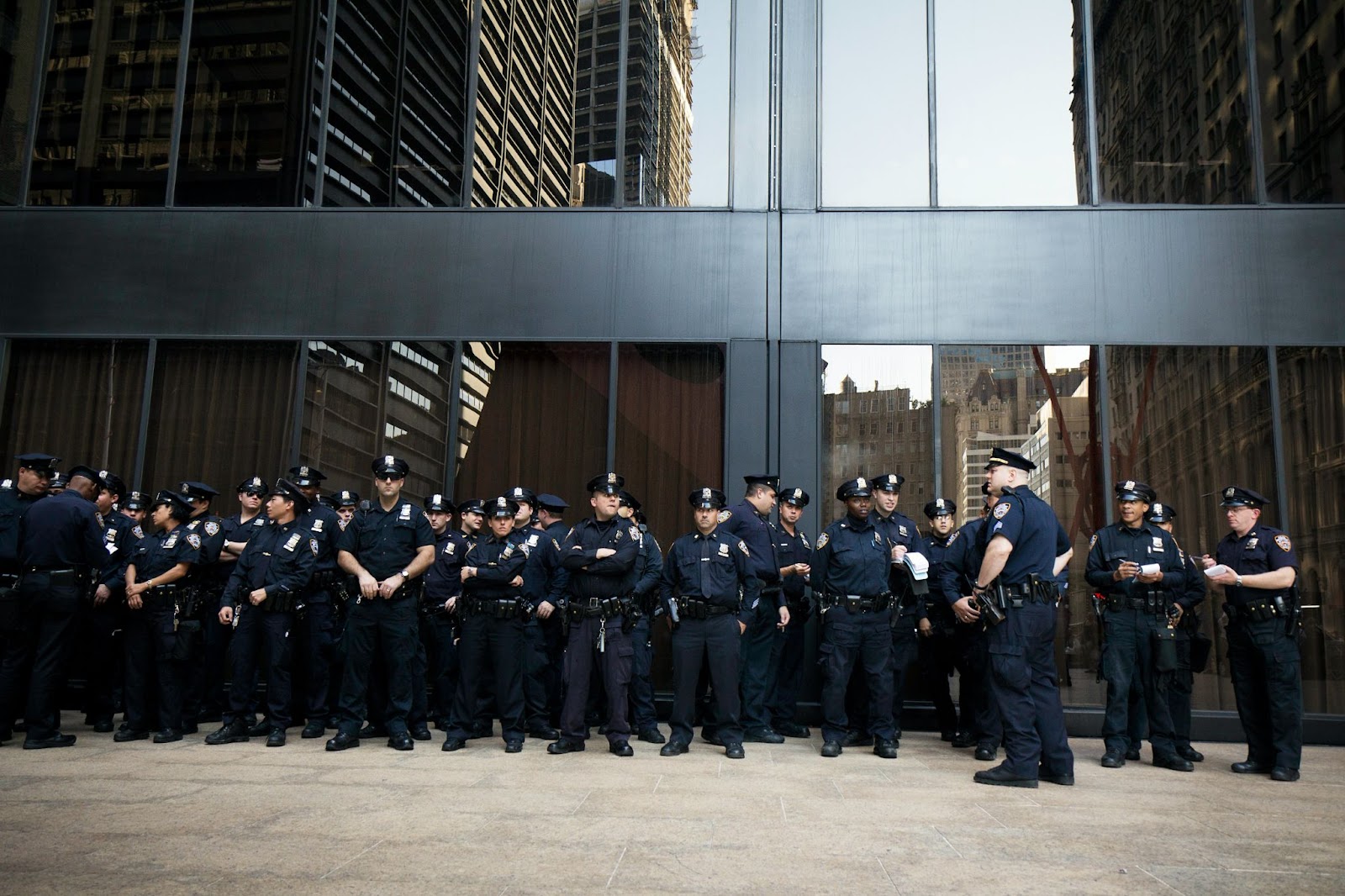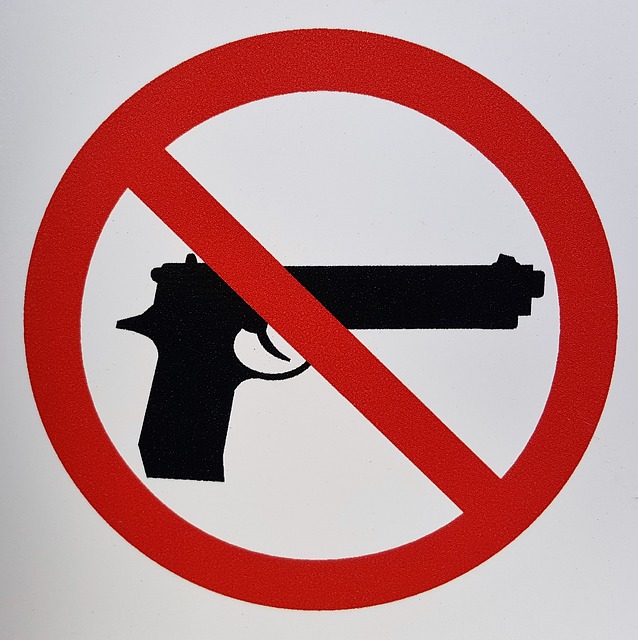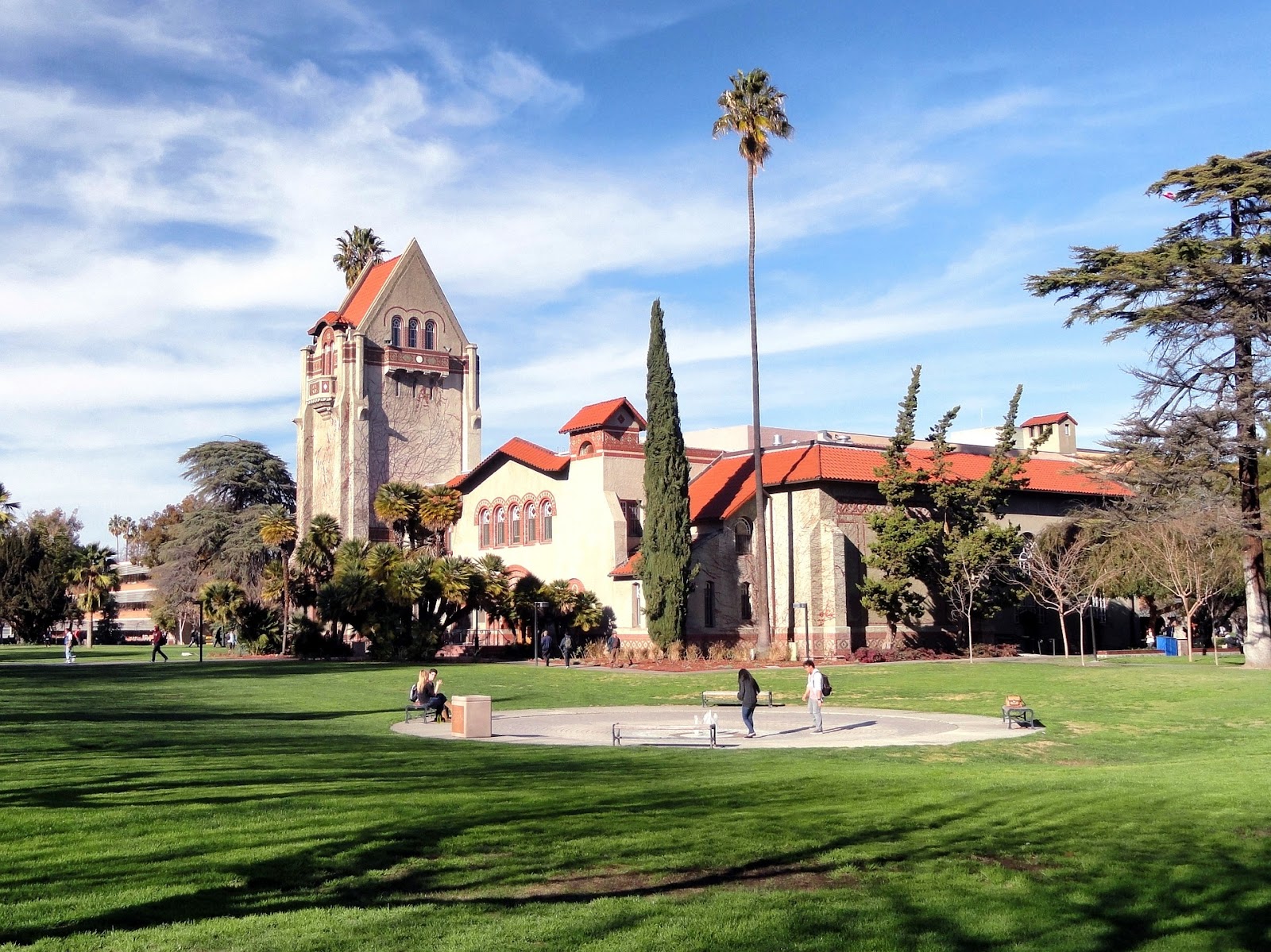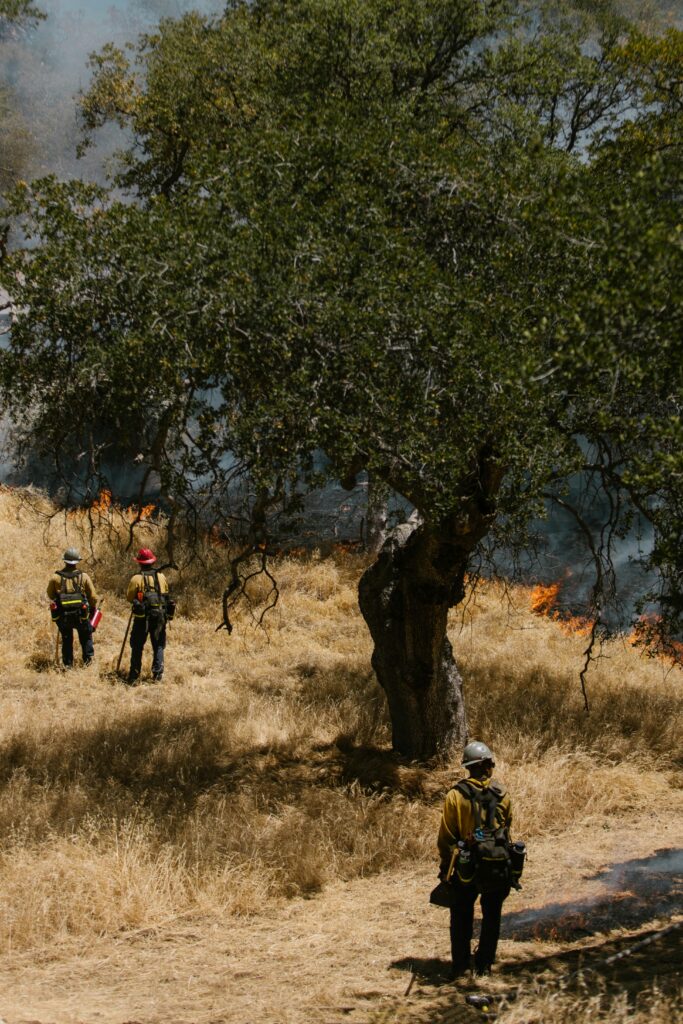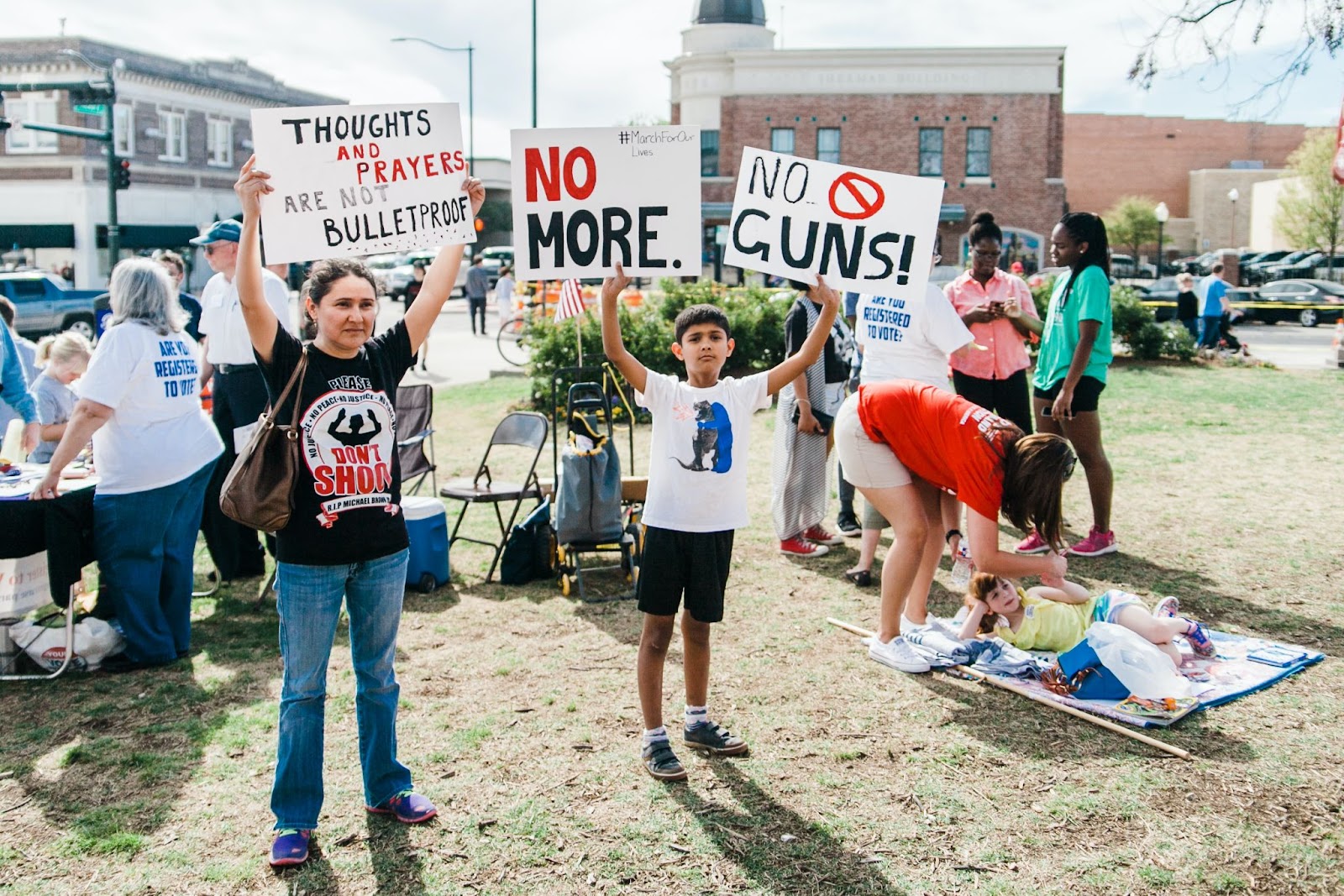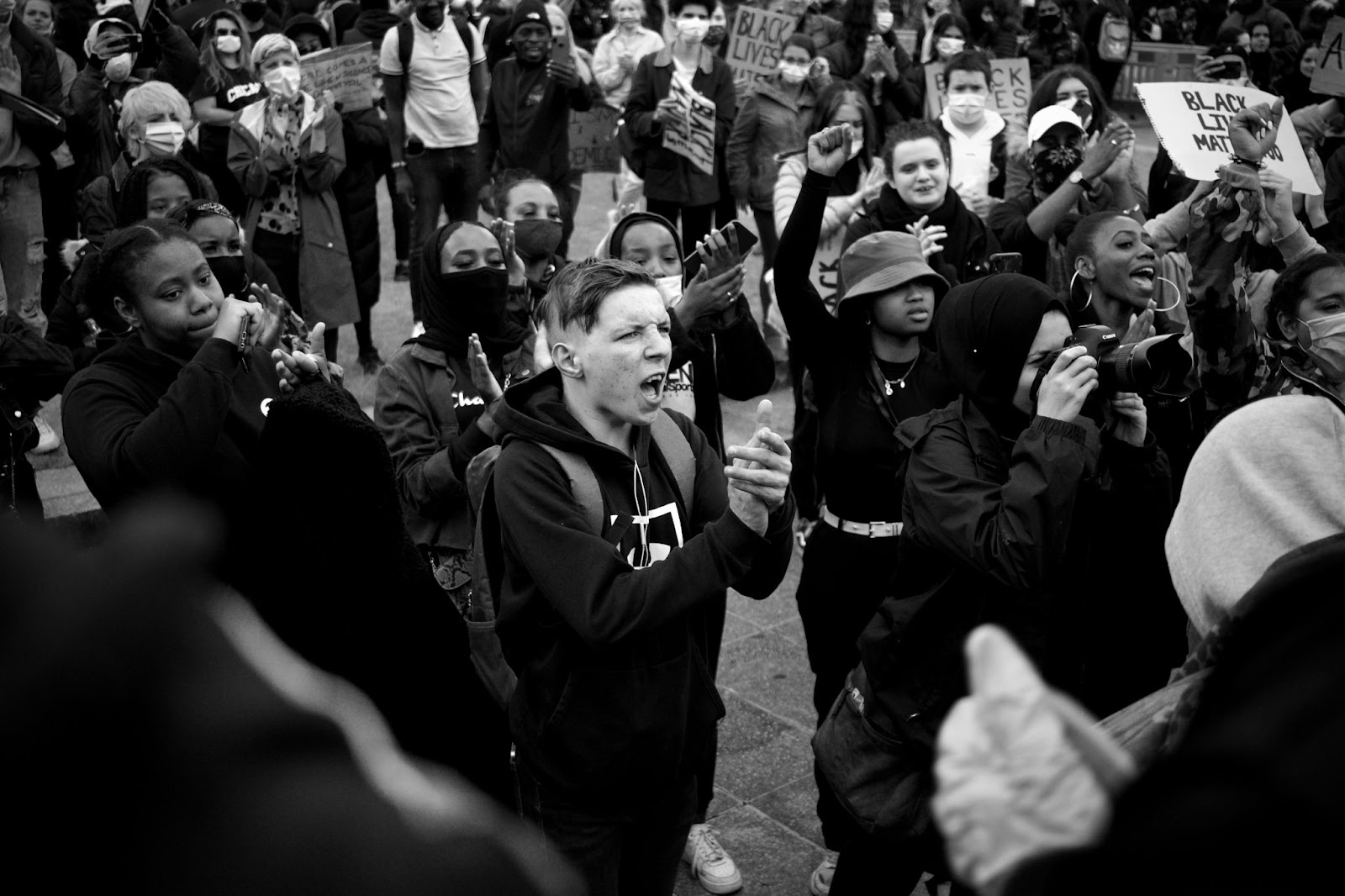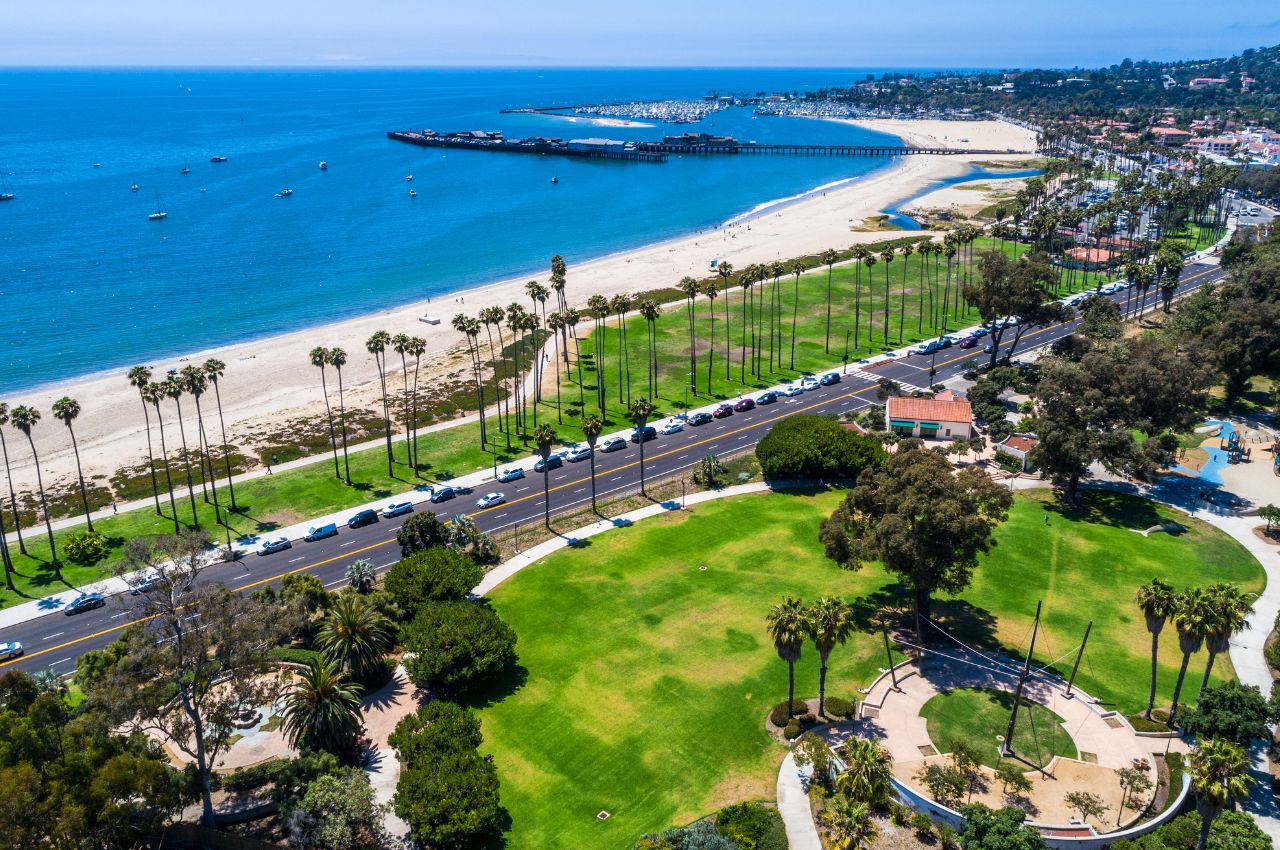Over 30 years ago, East Palo Alto earned itself a grim title. Known as the “murder capital” of the U.S., this small city experienced an alarming 42 homicides in a single-year period. This, in a city that is just over 2.5 miles wide. But 2023 saw a massive change for the community with not a single murder.
East Palo Alto’s Journey from “Murder Capital” to Safe Haven
Mayor Antonio López now says East Palo Alto is “one of the safest places to live in the peninsula.” This story tells of more than just a crime reduction. It shows the resolution of a community to make their homes, schools, and streets a safer place to live. In the shadow of wealthier San Francisco Peninsula areas, East Palo Alto is finally beginning to shine.
Community-Led Initiatives and Economic Growth Fuel Change
Some might think the city got better simply because wealthier people moved in, but it’s more complex. Yes, the median household income has significantly risen, and the average home price hovers around $900,000. But residents and city leaders quickly point out that the transformation involved more than just economic upliftment. They highlight the role of increased development, like the arrival of an Ikea and a Four Seasons hotel, which brought job opportunities and catalyzed change. Equally important have been youth programs, community policing, and, crucially, time.
East Palo Alto has a mix of different kinds of people. Once a majority Black community, it has now become predominantly Latino. Paul Bains, a pastor who has witnessed the city’s evolution, recalls a time before the crack cocaine epidemic ravaged families and fueled crime. The incorporation of East Palo Alto as a city in 1983 marked a turning point, but it was a journey fraught with challenges, including soaring homicide rates linked to drug and gang violence.
Then there is Clyde Virges’s story. He represents a community of East Palo Alto residents who got caught up in drugs but turned his life around to help others. His story showcases a smaller version of what happened to the city as a whole. Area residents, police, and community leaders all worked together to make things better. They worked on projects like “Just Us,” where residents would take pictures of cars coming into the city to buy drugs. Police would then tell the car owners they were seen in a high-drug, high-crime area.
Police support from neighboring cities and the state, following the spike in homicides in 1992, bolstered local law enforcement efforts. This external aid, combined with local initiatives, began to show results. The number of homicides dramatically decreased, and a focus on economic opportunities and community engagement began to reshape East Palo Alto’s identity. Former Mayor Sharifa Wilson’s emphasis on creating job opportunities for local youth and collaborating with nonprofit and faith-based groups to engage them in constructive activities cannot be understated.
The announcement of zero homicides in 2023 by Police Chief Jeff Liu was more than just a statistical victory; it was a moment of profound significance for East Palo Alto. Mayor López’s emotional response to this news, “It almost made me cry,” reflects the collective pride and relief of a community that has come full circle.
As Pastor Bains, co-founder and president of the nonprofit WeHope, reflects on this achievement, he acknowledges the many unsung heroes who have contributed to this journey. East Palo Alto has seen the best of times and the worst of times; now, it’s witnessing relief. With zero murders, the goal is to maintain this peace.






















